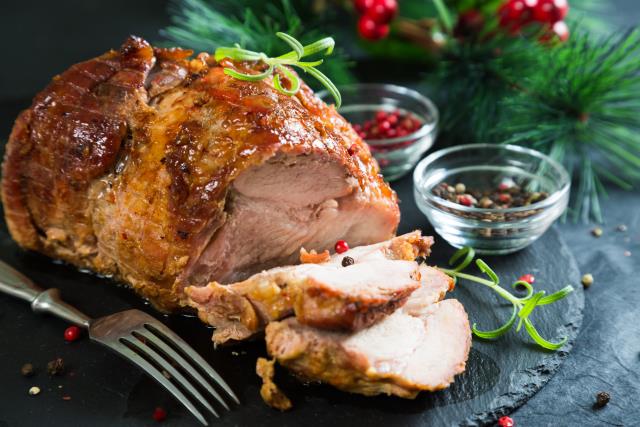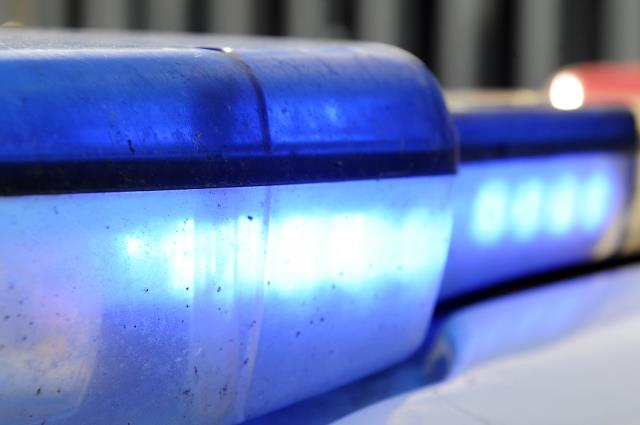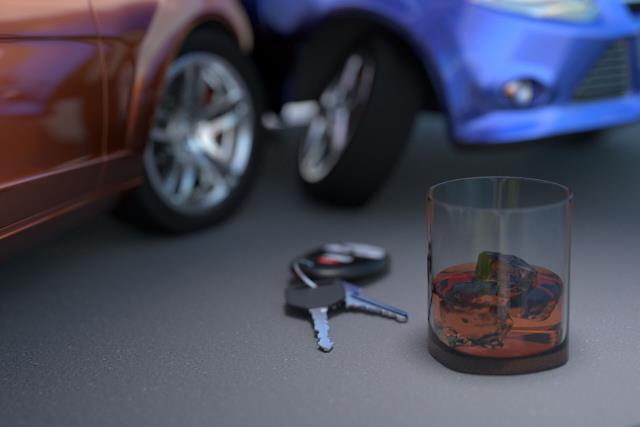As a stalwart of Lilydale’s history, Sue Thompson has achieved a great many things during her time with the historical society.
Serving as president for nearly 20 years over two terms, first in the 1990s and again in 2015, Ms Thompson has made the decision to step down for health reasons.
From a young “kid at school” Ms Thompson always had a love of history, something she dedicated three of her schooling subjects to to learn about American, British and Australian history.
“I love doing Australian history. My grandmother on my father’s side was still alive in those days so I sat her down and got her to tell our family history and I wandered around the cemeteries and found the graves,” she said.
“So it started an interest and I always found Australian history absolutely fascinating. So did British and American because they all hang together in their own way.”
By 1972, when her children were small, she was looking for something to occupy her time and an ad in the newspaper sparked an interest.
“There was a little ad in the newspaper saying ‘correspondents wanted at the Lilydale Express’. So I trundled up and had to talk to them and that’s how I got into journalism. I got paid five cents a line,” Ms Thompson said.
“That got me out and about in the community and got me involved in a lot of community activities as well.”
When the 1980s rolled around and the centenary of the Lilydale Express was fast approaching, founding members of the Lilydale and District Historical Society, Leigh Blackburn and Sandy Ross, joined forces with Ms Thompson to produce the 100-year history of the newspaper.
It was this that allowed Ms Thompson to combine her two passions – history and publishing.
Reflecting on one of the biggest achievements of the Society as a member, Ms Thompson said the establishment of the Yarra Ranges Regional Museum comes to mind.
“One of the key things everyone forgets about is we have the Yarra Ranges Regional Museum trust. This was an absolute baby of Leigh Blackburn.
“He always wanted to establish a trust because he wanted to be able to make sure whatever materials people had stayed in the community in a secure way, and he never let up on that and we finally got a trust set up.”
During the centenary of the town in 1972, Mr Blackburn and Mr Ross, as well as a few others, put on a display in the old council building on Castella Street, now the museum.
Filling it with artefacts, photographs and historical items, the families who’d donated the items didn’t want them returned and so they became a permanent part of the collection.
“They catalogued everything. Recorded who gave everything; we still have those books as well. So we had a collection. Pamela Vesty very generously gave quite a few bits and pieces to us and the Society decided Melba would be a focus and we always had a display of Melba.”
Realising that being “custodians of this was a big responsibility”, “we didn’t have the skills” to look after things like textiles and so the Shire of Lillydale established a Museum Board of Management in the late 1980s.
Hiring the first curator for the museum, Moya McFadzean, “the museum started to evolve with the Society’s support” to become what it is today.
Ms Thompson has always taken somewhat of a hard line approach to insisting on the importance of history in every part of the Yarra Ranges.
“I keep trying to explain to people, history is not just about the past. What we have today is what the past created for us. You’ve got the First Nations’ history, you’ve got the Europeans and their history, you’ve got all the different migrations that are coming,” she said.
“Everybody along that continuum is adding, as we go along, to our history we have today and my big goal has been to infiltrate if you like really into so many of these things like the place plan or structure plan.”
That’s why with the Maroondah Highway skyrail, natural stone has been interwoven into the design.
“We all talk about a sense of place. We only have a sense of place if you understand what that place was. How it evolved and why is it like it is today?
“If you don’t ask those questions you don’t understand the stories that go behind them. Like why was Lilydale Station put there when it floods? That was because David Mitchell wanted it there because that suited him. He didn’t want to go the original route because there was limestone there and he wanted to get to it.
“So there’s a significance in why they do what they do. History is all of us, there’s no them and us, it’s all of us, and that’s why I try to get that message across.”
This fierce but humble championing of Lilydale’s history led to the recognition of a number of buildings and street trees under a heritage overlay this year.
Within the society itself, Ms Thompson said the smaller impacts of publishing small history books and establishing the only Dame Nellie Melba website “gives us presence in that wider world, which is terribly important”.
Despite stepping down and handing over the reins to Maria McCarthy, Ms Thompson will remain immediate past president of the Society.
It is still her hope that a policy, through Yarra Ranges Council, will be developed to ensure local history groups and their wealth of knowledge will be consulted when it comes to infrastructure projects.
“We’ve been pushing very hard for a heritage policy, for want of a better word. Every application goes past the First Nations people.
“We should go past the heritage people. The planning people look at it, Melbourne Water looks at it, everybody looks at it but they don’t refer it to the local historical society.
“Buildings can get pulled down in the meantime and nobody gives a continental and it’s too late when they’re gone.”
Proud of her collaboration on the Art and Sole project with Wurundjeri Senior Elder Aunty Doreen Garvey Wandin, Ms Thompson said “we are of the one mind”.
In 2021, Ms Thompson was recognised by the History Council of Victoria for her dedication to history and its advocacy.
“I’m particularly proud that I won the inaugural Jane Hansen award. I didn’t expect that. When you go through the list of people, there was only one other person who wasn’t a professional historian.”
Ms Thompson won’t be disappearing from the Society completely and still has items on the agenda to achieve.







